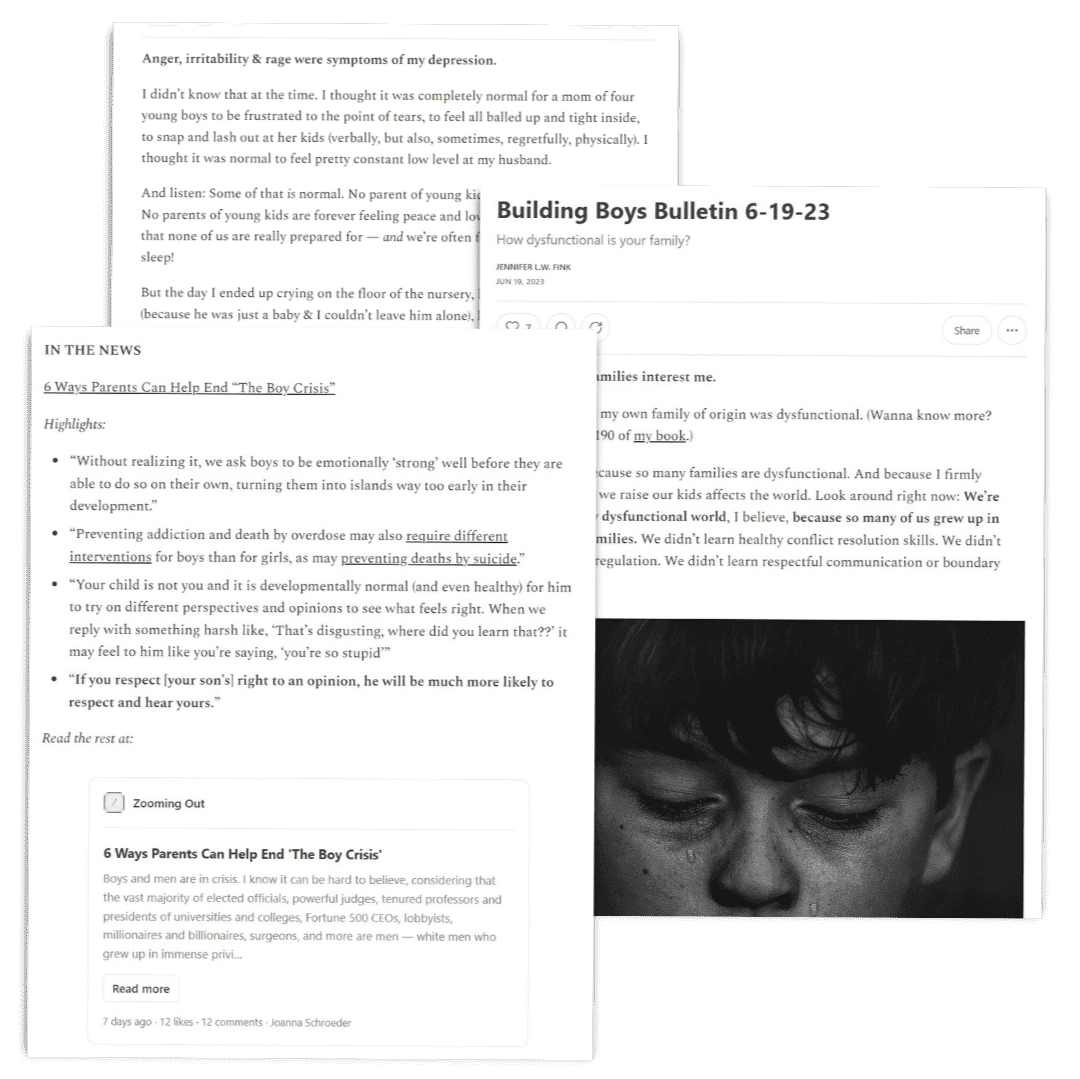Teaching your teen to drive — and then letting him drive off independently — can be scary. For both of you!

Some teen boys are eager to drive. They’ve spent several years observing their parents transport them in various vehicles and have been patiently (or not-so-patiently!) waiting for years to independently drive themselves to any location of their choosing. When they turn 16, many boys are eager to get their driver’s license and start driving. These boys crave and require the independence that comes with being able to drive.
Other boys are more hesitant — and that’s okay! With the proliferation of public transportation and ride sharing, many teens simply don’t see much value in learning to drive. At age 16, they’re content to take the bus, subway, or an Uber or Lyft. If your son isn’t ready, don’t push him. No teen should be pushed into driving before they’re ready.
Whether your son is eager to get behind the wheel or not, it’s a good idea to discuss driving safety guidelines. And before your son hits the road, it’s absolutely imperative that he understands (and respects) basic safety guidelines that will keep him (and others) safe on the road.
All new drivers need to know these rules:
Don’t Drive And Text
Let’s face it. The phones of teenagers are a major source of distraction for them. It is essential that you educate your child on the fact that they should not text while behind the wheel. Although your adolescent may believe that they are capable of doing both at the same time, this is not the case. It only takes a few seconds for something disastrous to occur. It is possible that the time they believed they needed to send a brief text message or make a fast phone call will be the time that causes them to wreck their car, inflicting injury to themselves or someone else.
Don’t Drink And Drive
In spite of the fact that you might believe that it goes without saying and that drinking and driving is a no-no, it is essential that you talk about the dangers of combining drinking and driving and that they comprehend the significance of this non-negotiable rule. You could show them some of the extreme DUI laws and some of the punishments and dangers behind them.
No Talking On Your Cell And Driving
Teens may believe that talking on the phone is safer than texting while driving; nonetheless, anything that diverts their focus away from the road is potentially hazardous. You shouldn’t make any contact with your mobile device at any time while you’re behind the wheel unless it’s an actual emergency. If it’s absolutely crucial to use your phone, use a phone mount that allows for hands-free use.
No Cruise Control In The Rain
If it starts to rain while you’re driving on the highway, turn off the cruise control as soon as possible. When it rains, the roads can get slick; if your kid is driving and has the cruise control on, it is easy for the wheels to slip and for them to lose control of the vehicle.
Sign Them Up For Further Driving Skills
More experience is better. You can supplement basic driver’s ed by enrolling your son in a course that teaches defensive driving. These skills will come in handy!
No Messing With Radio Controls or Music Players
Teenagers have a strong affinity for listening to music, but it’s essential that they understand they don’t have to keep playing their favorite track over and over again. When they are behind the wheel, their primary concentration ought to be directed at maintaining both hands on the wheel and both eyes and ears on the road.
Seatbelt Comes First
Before doing anything else in the car, your son’s seat belt should be fastened. Always and without fail. Therefore, it will become into a routine for them, and they won’t even give it a second thought. It is essential that your adolescent is aware of and comprehends the fact that seatbelts save lives.
Make Sure They Listen To Road Signs
Even if your adolescent has a “desire for speed,” that is not an acceptable justification for them to disregard the posted speed limit signs. When you drive at an unsafe speed, not only do you put others in your vehicle as well as yourself in danger, but you also put yourself in danger. In addition to this, driving the speed limit is one of the best ways to prevent receiving a ticket for exceeding the speed limit.
It’s Better To Be Late Than In An Accident
The majority of automobile collisions are brought on by drivers travelling at unsafe speeds. In the event that your adolescent is running late for school or an appointment, you should remind them that it is preferable to be late by a few minutes rather than get into an accident that could put their lives in danger.
Don’t Offer Lifts To Mates Before Confident
Another significant reason why teenagers can’t wait to receive their driver’s licenses is that they want their pals to come along for the voyage with them. However, traveling with additional passengers might present a significant distraction as well as a potential safety risk. (That’s why many states’ graduated licensing laws include passenger limits.) Make sure your son has plenty of practice behind the wheel before allowing other individuals to ride with them. And teach them responsible behaviors they can utilize even with other riders in the car.
Be Mirror Aware
Make sure your son understands that prior to each time they get behind the wheel, they are responsible for adjusting all of the mirrors to accommodate their height and the way in which they prefer to see the road. A clear view behind the car and on each side of the vehicle is a vital.
This post may contain affiliate links






